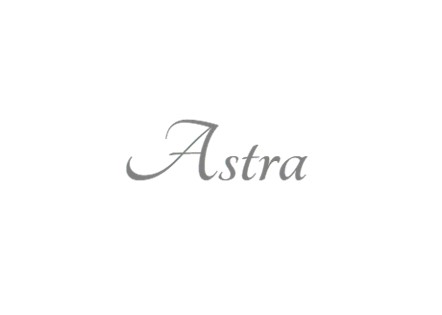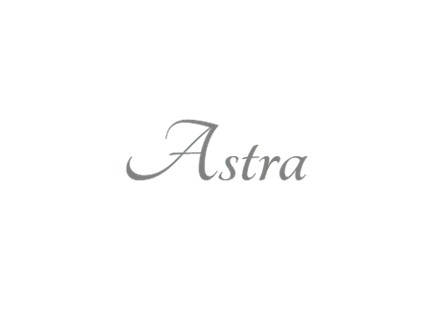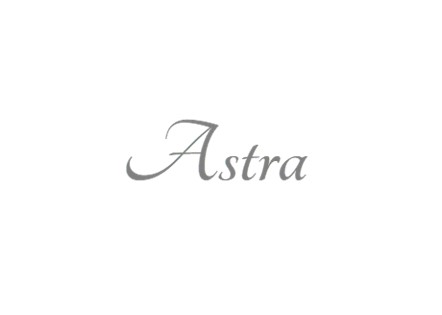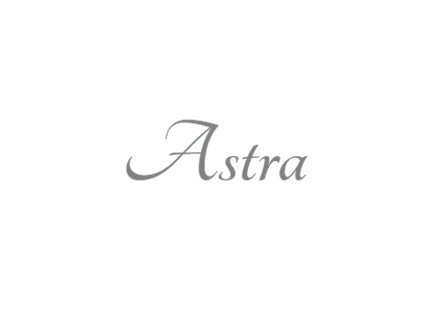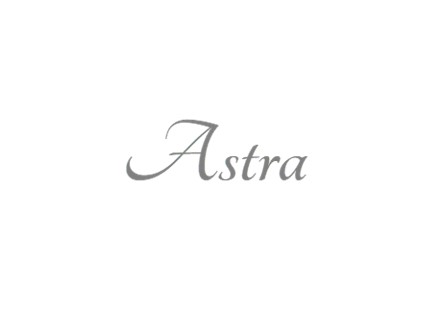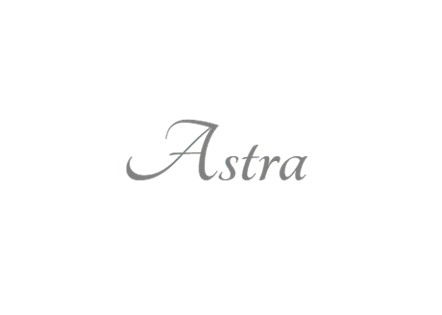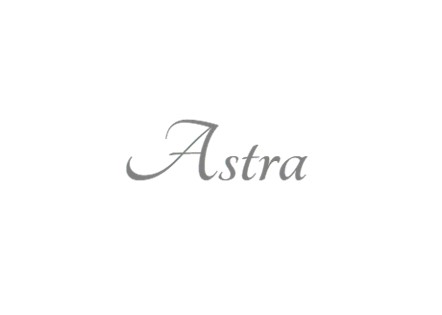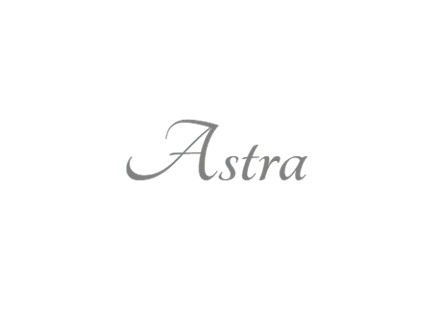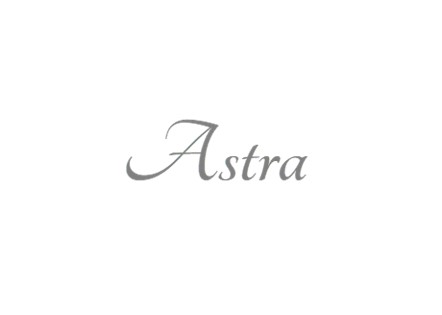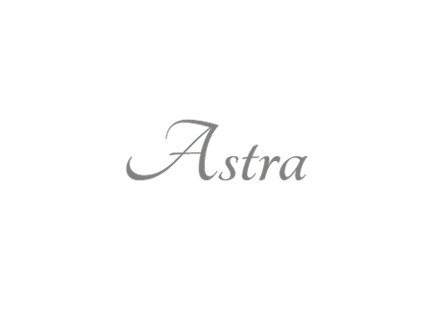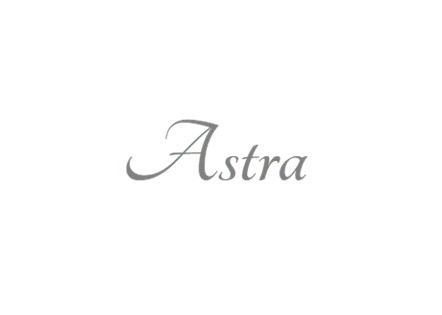Title Page
-
Passage From/To
-
Estimated Date and Time of Departure
-
Estimated Date and Time of Arrival
-
Total Distance
-
Expected Steaming Time
-
Expected Fuel Consumption, including generators
Appraisal/Planning
-
Last Notice to Mariners taken into consideration?
-
Navigational Warnings obtained prior to sailing?
-
Charts to be used
-
Participating in shore based routing system for intended voyage?
References for the Passage Plan
-
Sailing Directions Vol Number (e.g. NP XXX)
-
ALRS Vol Number (e.g. ALRS Vol XXX)
-
Other Publications
Tidal, Current and Weather Information
-
Tide Table
-
Expected Weather Forecast
Route
-
Waypoints list
Additional
-
Any additional documents with reference to the passage plan to be uploaded?
Information on Arrival Port
-
Estimated arrival time to berth?
-
Agent's name
-
Agent's contact email
-
Agent's contact telephone number
-
Port Authority
-
Port Authority contact details
-
Harbour Master VHF channel
-
Pilots VHF channel
Master's Standing Orders and Acknowledgement
-
This passage plan should be prepared by officer in charge and approved by the Master, before departure.
This passage plan is compiled in accordance with relevant rules of STCW 95 and Bridge Procedure Guide, Sixth Edition 2022.
1. Interval of position fixing as stated below or as per Master's instruction:
• During maneuvering with or without pilot continuous monitoring and plotting
• Less than or equal to 10NM, from fixed line / danger area, every 15 minutes
• Between 10NM and 20NM, from fixed line / danger area, every 30 minutes
• If or more 20NM, from fixed line / danger area, every 60 minutes
• During restricted visibility and or high density more frequently and/or as per Master’s instruction
2. Under Keel clearance:
• During navigation and Anchor 1,5 times the draft
• In channel / berth /port at least 1,0 Meter.
3. More than one method of positions fixing to be used at regular intervals during sea and coastal navigation.
4. Publications such as NP 100, NP 136, Tidal Steam, Atlas, Guide to port entry are to be used, but not limited to.
5. Celestial, Terrestrial observations with sextant to be used, practiced and recorded whenever opportunity arises. -
Passage Plan prepared by, name, rank and signature
-
Master's Approval, name and signature
-
Acknowledged by, rank, name and signature
-
Acknowledged by, rank, name and signature
